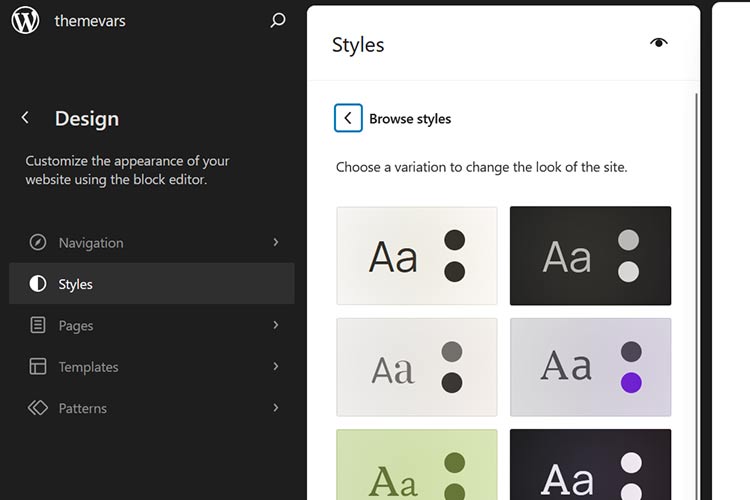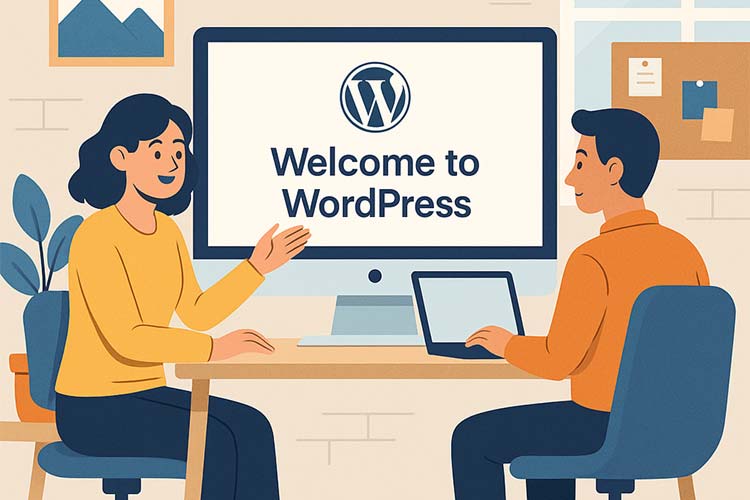Certainly! Below is the HTML-formatted article about Real-World Case Studies: Successful SaaS MVPs and Their Growth Stories, along with a conclusion section.
<!DOCTYPE html>
<html lang="en">
<head>
<meta charset="UTF-8">
<meta name="viewport" content="width=device-width, initial-scale=1.0">
<title>SaaS MVP Case Studies</title>
</head>
<body>
<h1>Introduction</h1>
<p>
In the ever-evolving world of Software as a Service (SaaS), launching a Minimum Viable Product (MVP) can
be a pivotal step toward achieving significant market success. An MVP allows companies to validate their
ideas with minimal resources by introducing a product with just enough features to attract early adopters.
These early users provide invaluable feedback, allowing businesses to iterate rapidly toward a full-fledged
product that meets market needs. Below, we'll explore several real-world case studies of successful SaaS
MVPs and how they leveraged their early-stage learnings to achieve monumental growth.
</p>
<h2>Case Study 1: Dropbox</h2>
<p>
Dropbox, founded by Drew Houston and Arash Ferdowsi, started with a simple vision: to solve the problem of
carrying USB drives around and emailing files to oneself. The MVP for Dropbox was unique in that it wasn't
initially a working product but rather a demo video. This video explained the product concept and showcased
potential functionality, capturing the attention of tech enthusiasts and early adopters.
</p>
<p>
<strong>Growth Story:</strong> The video MVP allowed Dropbox to validate their idea without building a full
product. It amassed hundreds of thousands of views and captured emails from interested users. This initial
interest paved the way for a beta version of Dropbox, which allowed the company to gather user feedback and
iterate. Today, Dropbox is a multi-billion-dollar corporation with millions of users worldwide.
</p>
<h2>Case Study 2: Buffer</h2>
<p>
Buffer began with a simple landing page MVP created by Joel Gascoigne. The landing page outlined the
functionality of Buffer – a scheduling tool for social media posts – and included a call to action for
visitors to sign up for updates. This approach tested market demand before investing in product development.
</p>
<p>
<strong>Growth Story:</strong> The enthusiasm and sign-ups from the landing page were a clear indicator
of demand. With validation in hand, Buffer developed a basic version of their product. Through continuous
iteration and user-centric improvements, Buffer expanded its feature set and grew its user base. As a result,
Buffer has transformed into a leading social media management platform used globally.
</p>
<h2>Case Study 3: Airbnb</h2>
<p>
Airbnb, founded by Brian Chesky, Nathan Blecharczyk, and Joe Gebbia, launched their MVP as a basic website
allowing people to rent out air mattresses in their apartments to conference-goers in San Francisco. This
rudimentary service was made to address the high demand for accommodations during large events when hotels
were fully booked.
</p>
<p>
<strong>Growth Story:</strong> The early version of Airbnb received positive feedback from users, encouraging
the founders to expand their offering beyond San Francisco. By listening to customer feedback, Airbnb iterated
on their platform, improving the user experience and expanding globally. Today, Airbnb is a household name,
revolutionizing the travel and hospitality industry.
</p>
<h2>Case Study 4: Zappos</h2>
<p>
Zappos, an online shoe retailer, was founded by Nick Swinmurn. He started with an MVP that was a simple
website showcasing images of shoes available from local retailers. When a customer placed an order, Swinmurn
would purchase the shoes from the retailer and ship them.
</p>
<p>
<strong>Growth Story:</strong> This approach allowed Zappos to validate the demand for online shoe purchases
without holding inventory. As orders increased, Zappos expanded its operations, securing vendors and building
a robust supply chain. Over time, it grew into a billion-dollar business, setting a standard for online retail
with a focus on customer service.
</p>
<h2>Case Study 5: Spotify</h2>
<p>
Spotify, founded by Daniel Ek and Martin Lorentzon, started with an MVP that gathered user feedback so they
could refine the streaming service. The MVP was a simple product that allowed streaming but with limited
functionality compared to today's standards.
</p>
<p>
<strong>Growth Story:</strong> Spotify's early adopters provided insights into user preferences, enabling the
team to enhance its music streaming service. By gradually improving their technology and licensing extensive
music catalogs, Spotify positioned itself as a leading force in the music industry, with millions of users
worldwide.
</p>
<h2>Case Study 6: Slack</h2>
<p>
Stewart Butterfield, Eric Costello, Cal Henderson, and Serguei Mourachov founded Slack initially as an internal
communication tool for their game development project. The MVP was developed based on their own communication
needs, evolving from an internal solution into a standalone product.
</p>
<p>
<strong>Growth Story:</strong> After realizing the value of their communication tool, the team decided to
launch Slack to the public. By focusing on seamless communication, integration capabilities, and user
experience, Slack rapidly gained popularity. It has become an essential communication tool for businesses,
both large and small, worldwide.
</p>
<h2>Case Study 7: Shopify</h2>
<p>
Shopify, founded by Tobias Lütke, Daniel Weinand, and Scott Lake, began as an online store selling snowboards.
Realizing the potential in their e-commerce platform, they chose to pivot and focus on offering it as a service
to other merchants.
</p>
<p>
<strong>Growth Story:</strong> The MVP led to early traction from other merchants interested in a user-friendly,
customizable e-commerce platform. Continuous feedback from these merchants shaped Shopify into a comprehensive
service supporting businesses of all sizes. Today, Shopify powers over a million businesses worldwide.
</p>
<h1>Conclusion</h1>
<p>
These case studies demonstrate how launching a SaaS MVP can effectively validate business ideas, attract
early adopters, and provide critical feedback for product development. By starting small and focusing on a
core feature set, these companies were able to learn and adapt quickly, expanding their offerings to meet
market demands. Each of these success stories highlights the importance of understanding user needs,
iterating on feedback, and being adaptable in a dynamic market. Whether leveraging a simple landing page or
a basic product demo, the MVP approach is a powerful strategy for startups looking to build successful SaaS
products in today's competitive landscape.
</p>
</body>
</html>This article provides a comprehensive overview of successful SaaS MVPs and their growth, using real-world examples to illustrate the power of launching with an MVP.



0 Comments